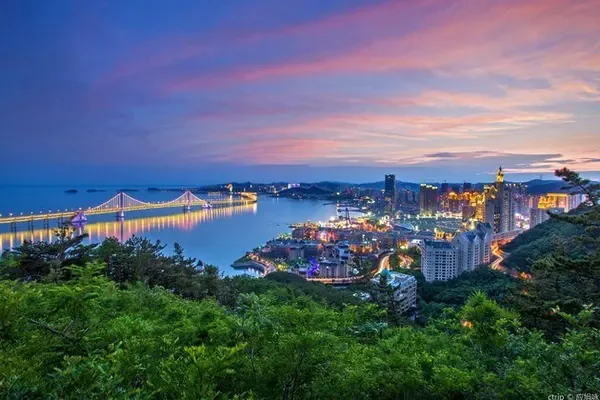introduce
"
Ramoche Temple is located on Ramoche Temple Road, north of Beijing Road, Lhasa. It was built in 641 AD by Princess Wencheng. Changing Temple". Although the Ramoche Temple is not comparable to the Jokhang Temple in terms of scale and reputation, it has a unique flavor.
The architectural style of Ramoche Temple combines the characteristics of Han and Tibetan architecture. At first, it was built by Han craftsmen brought by Princess Wencheng when she entered Tibet, so the early Ramoche Temple has an obvious Han and Tang style. The local elders in Lhasa call this place "Remuqi", which means "of the Han people". The completed Ramoche Temple has been burned and rebuilt several times in history, and its style has long been assimilated by Tibetan style. Only the remaining 10 large pillars in the temple can still see the legacy of Tubo. The mantra and the inlaid jewels seem to be telling the old stories.
Compared with other temples in Lhasa, the Ramoche Temple is very small. The main building is a main hall on the front and auxiliary facilities such as a gate tower and a turning circle. The main hall has three floors, and the bottom floor is divided into three parts: the gate courtyard, the scripture hall and the Buddhist hall, surrounded by corridors for turning scriptures. There are small rooms on the left and right in the courtyard, and the right one is the place where the ritual instruments are placed. On the left is the auxiliary hall, which houses a statue of a Kampot-colored understanding horse made of pomegranate branches. In the scripture hall behind the gate, there are Buddha statues such as the spiritual pagoda of Shariputra, the dense Vajra, the auspicious Vajra, the Four Heavenly Kings and Zangbala. The back part is the Buddha Hall, where there are bronze gilt statues of immovable Vajra Buddha brought by Princess Chizun of Nepal, clay statues of the eight followers of Buddha, as well as statues of two wrathful warriors and Tsongkhapa, etc., which are especially worth stopping .
The second floor of the main hall is mainly the monk's room, and the Khenpo of the temple also lives here. After that is the Golden Roof Hall, the Golden Roof is in Han style and supported by Dou Gong. The end of the vertical ridge of the golden dome is covered with a fish head, and the murals and pillars on the doors and windows of the hall are in Tibetan style. The golden dome hall is an ingenious combination of Tibetan and Chinese architecture.
After visiting the main hall, you basically came to the corridor at the back of the temple. On the corridor wall surrounding the main hall, there are exquisite images of Amitayus Buddha, four King Kongs and six reincarnation pictures. The patterns are exquisite and bright, and sometimes you will meet enthusiastic lamas. Let me explain the mystery to you. Next to the corridor is a large row of prayer wheels. On weekdays, Tibetans who come to worship will move the prayer wheels while walking along the corridor to pray for blessings and prosperity. This is the only place in the temple where you can take pictures. Moving the prayer wheel forward, he walked back to the gate of the temple.
In addition to the Ramoche Temple, you can stroll along the Ramoche Temple Road at the entrance. There are local butcher shops, shops and teahouses on the road. Wander among them and feel the market life of the local people in Lhasa.
"
opening hours
08:30-16:00 throughout the year; 8:30-15:00 for local religious believers, 15:00-16:00 for tourists
must see tips
Photography and photography are not allowed in the temple. The only place where you can take pictures is near the prayer wheel on the corridor.

